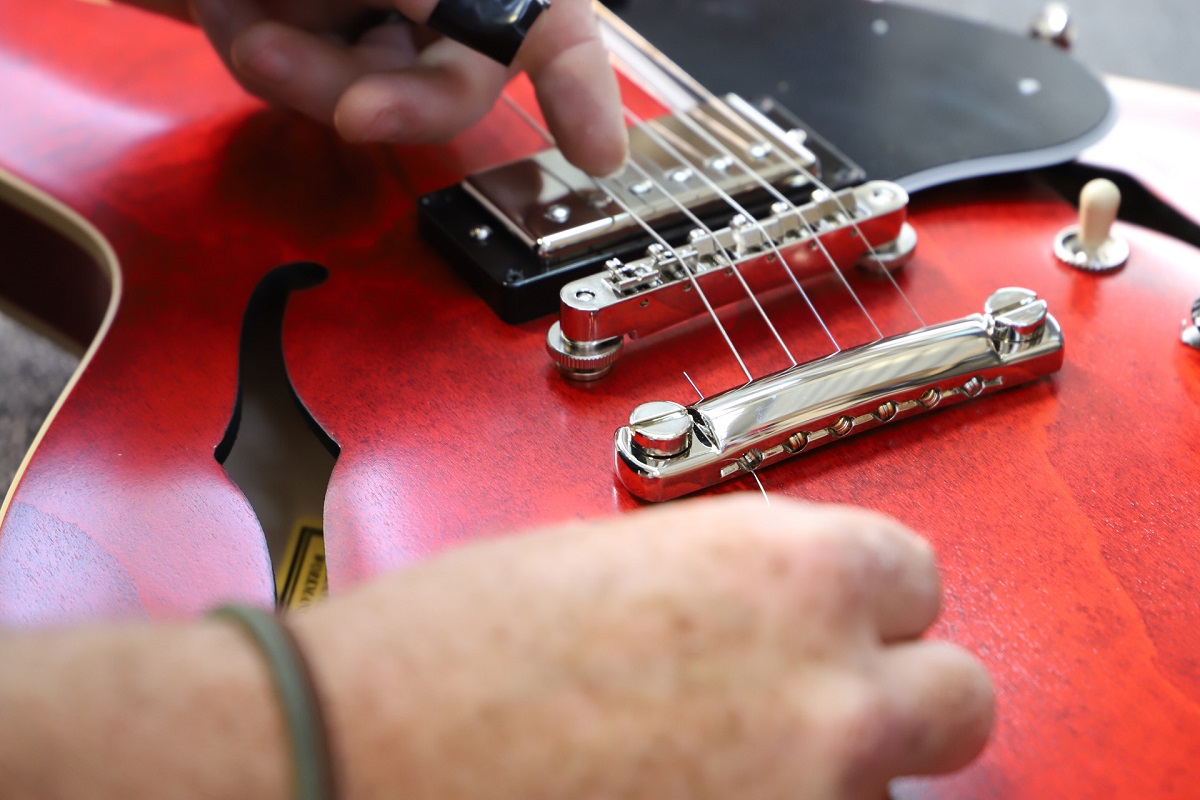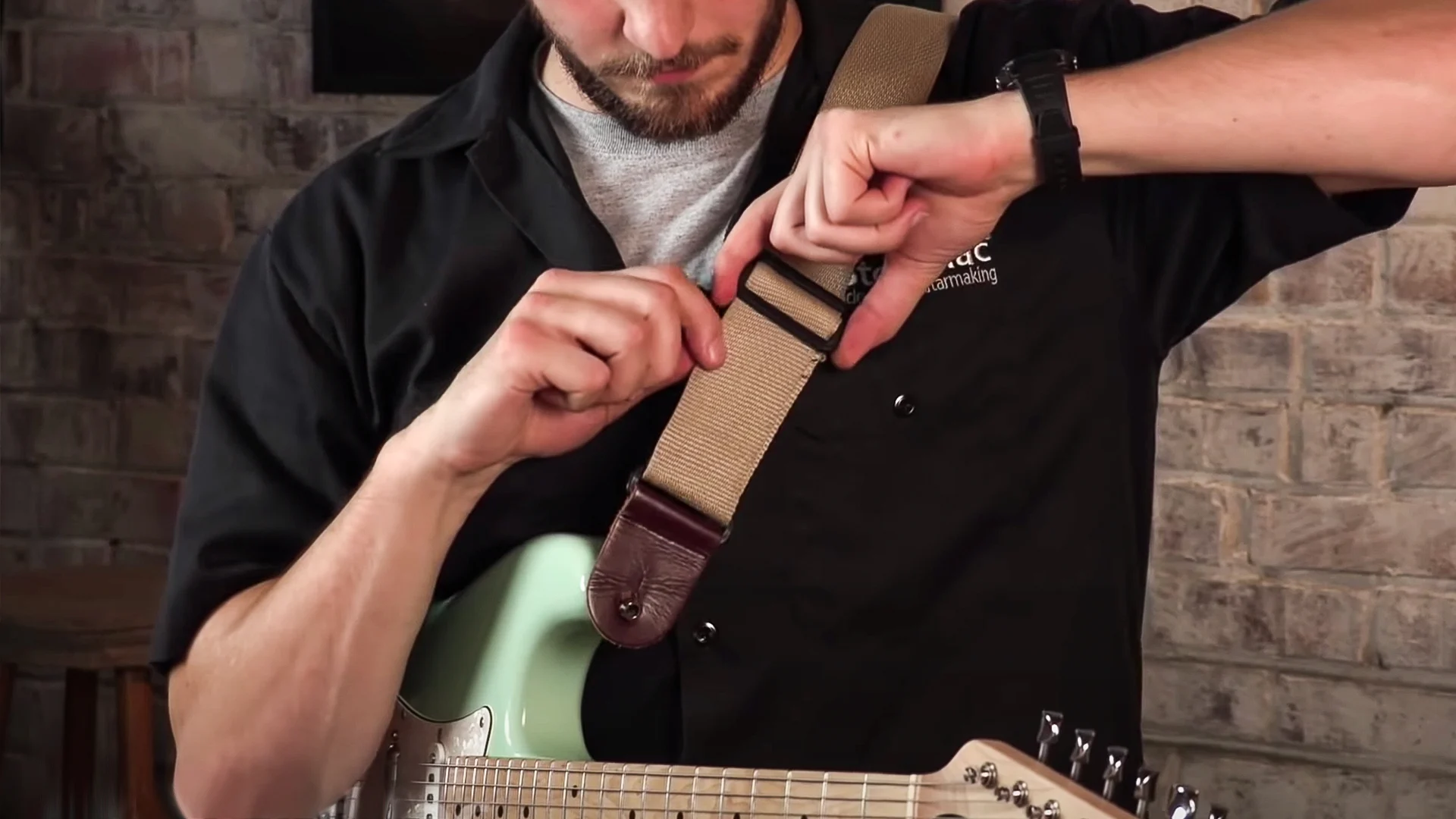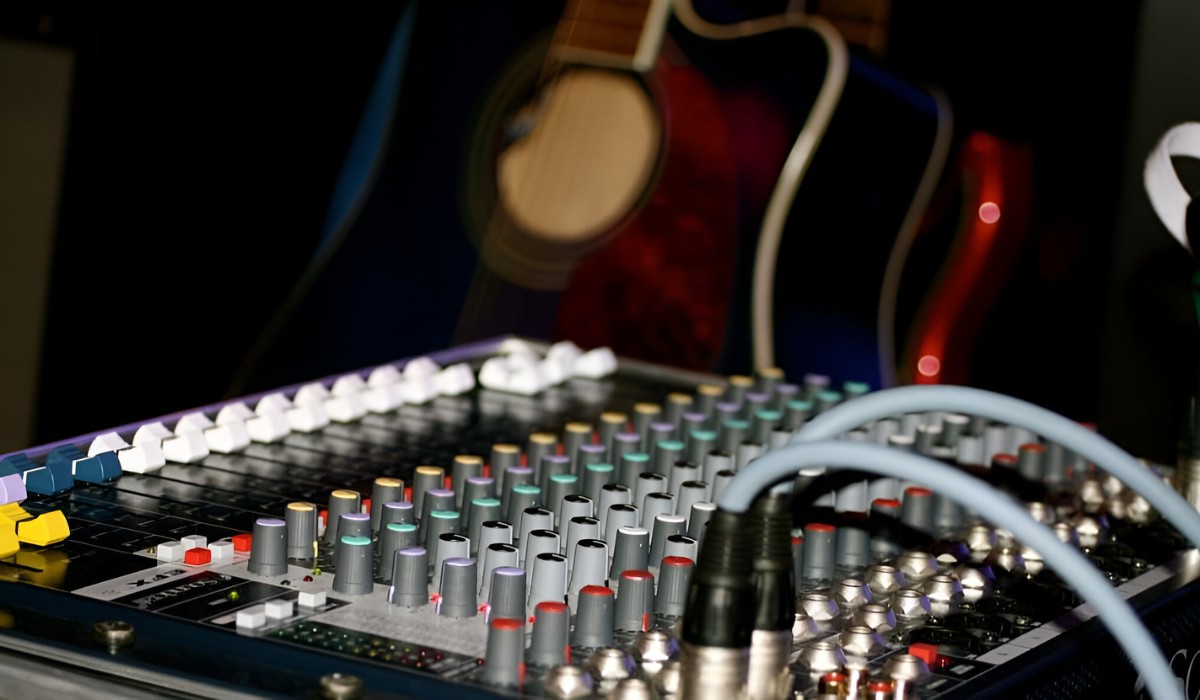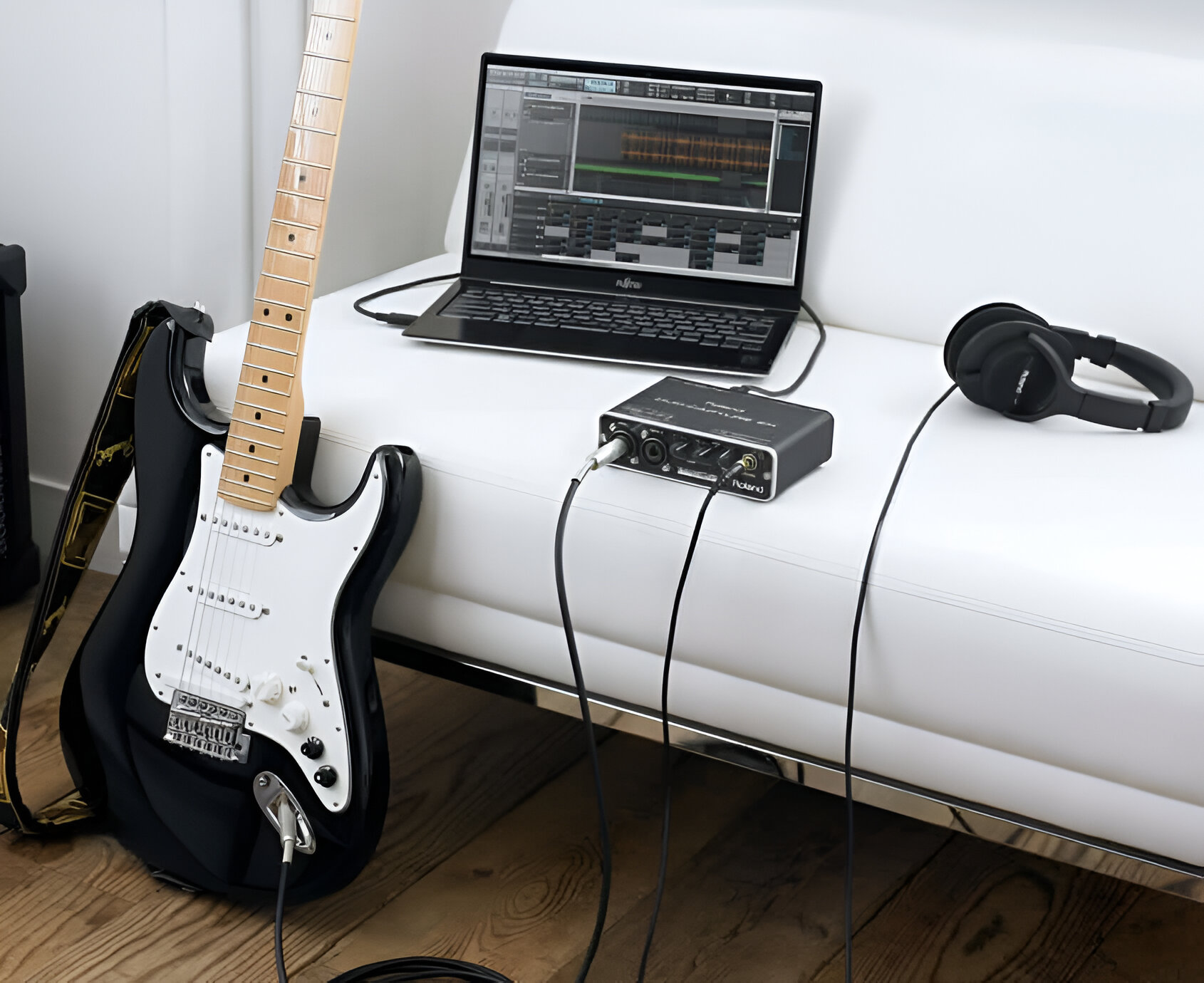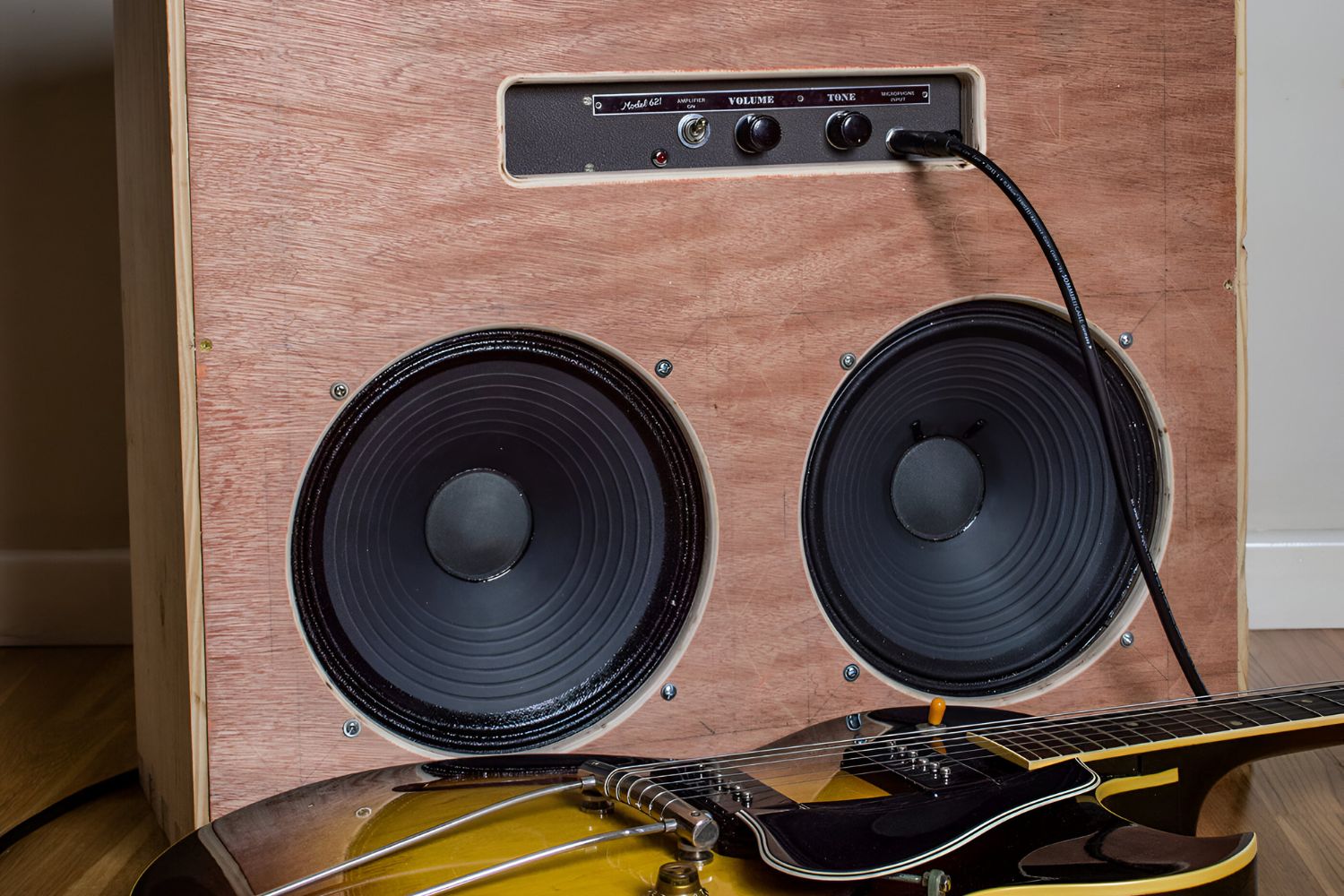Introduction
The Timeless Appeal of "Wake Me Up When September Ends" on Electric Guitar
Green Day’s “Wake Me Up When September Ends” is an iconic song that has resonated with audiences since its release in 2004. The emotional depth of the lyrics combined with the powerful melody creates a timeless piece that has captivated listeners across generations. When translated to the electric guitar, this song takes on a new dimension, allowing guitarists to infuse their own passion and style into the music.
Playing “Wake Me Up When September Ends” on the electric guitar offers a unique opportunity to convey the song’s poignant message through the instrument’s expressive capabilities. The haunting chords and evocative solos allow guitarists to tap into the song’s emotional core, creating a deeply immersive experience for both the player and the audience.
As we delve into the history and intricacies of this song, we’ll explore the chords, strumming patterns, and guitar solos that make “Wake Me Up When September Ends” a standout piece for electric guitar enthusiasts. Whether you’re a seasoned guitarist or just starting your musical journey, this song provides an enriching and rewarding experience that captures the essence of the original composition while allowing for personal interpretation and expression.
History of “Wake Me Up When September Ends”
The poignant lyrics and haunting melody of “Wake Me Up When September Ends” were penned by Green Day’s lead vocalist and guitarist, Billie Joe Armstrong. The song is deeply personal to Armstrong, as it reflects the profound emotional impact of his father’s death when the artist was just ten years old. The poignant narrative of loss and longing is woven into the fabric of the song, infusing it with raw emotion and authenticity.
Released as part of Green Day’s seventh studio album, “American Idiot,” in 2004, “Wake Me Up When September Ends” quickly garnered widespread acclaim and resonated deeply with audiences. The song’s evocative lyrics and powerful composition struck a chord with listeners, propelling it to become a timeless classic.
Upon its release, “Wake Me Up When September Ends” achieved significant commercial success, climbing the music charts and earning accolades for its profound artistry. The song’s music video, directed by Samuel Bayer, further amplified its impact, portraying a poignant narrative that mirrored the emotional depth of the lyrics. The video’s compelling storytelling and visual imagery provided a poignant visual accompaniment to the song, enhancing its resonance with fans around the world.
Over the years, “Wake Me Up When September Ends” has transcended its initial reception to become a cultural touchstone, resonating with diverse audiences and leaving an indelible mark on the music landscape. Its enduring popularity and emotional poignancy have solidified its status as a classic, ensuring its continued influence and relevance for years to come.
Guitar Chords and Progression
Playing “Wake Me Up When September Ends” on the electric guitar involves a poignant chord progression that underscores the song’s emotional depth. The song is played in standard tuning, and the chord structure follows a poignant sequence that resonates with the song’s evocative narrative.
The song primarily revolves around four fundamental chords: G, C, D, and Em. The progression follows a melancholic pattern, reflecting the emotional weight of the song’s themes. The gentle transitions between these chords imbue the music with a sense of longing and introspection, capturing the essence of the song’s profound message.
The chord progression for the verses follows a poignant sequence of G – C – G – D, infusing the music with a bittersweet quality that resonates with listeners. As the song progresses into the chorus, the progression transitions to C – G – D – G, reinforcing the emotional intensity of the composition. The seamless interplay of these chords forms the backbone of the song, creating a rich harmonic tapestry that underpins its evocative melody.
Furthermore, the song’s bridge introduces an Em chord, adding a poignant tonal shift that amplifies the song’s emotional impact. The progression in the bridge transitions from Em to C, infusing the music with a sense of vulnerability and raw emotion that underscores the song’s profound narrative.
Mastering the chord progression of “Wake Me Up When September Ends” on the electric guitar offers a deeply immersive experience, allowing guitarists to channel the song’s emotional depth through their instrument. The evocative sequence of chords and their seamless transitions form the foundation of the song’s expressive power, inviting players to imbue their rendition with personal interpretation and heartfelt resonance.
Strumming Pattern
The strumming pattern for “Wake Me Up When September Ends” on the electric guitar is integral to capturing the song’s emotive essence. The pattern intricately weaves through the chord progression, enhancing the music’s evocative quality and allowing guitarists to infuse their rendition with poignant expression.
The song’s strumming pattern follows a gentle yet deliberate cadence, reflecting the contemplative mood of the composition. Employing a downstroke strumming technique, the guitarist accentuates the emotive resonance of the chords, creating a hauntingly beautiful backdrop for the song’s heartfelt lyrics and melody.
Throughout the verses, the strumming pattern maintains a steady rhythm, emphasizing the emotional depth of the lyrics and the underlying chord progression. As the song transitions into the chorus, the strumming pattern intensifies, mirroring the heightened intensity of the music and amplifying its poignant impact.
Furthermore, during the bridge, the strumming pattern adopts a softer, more delicate approach, echoing the vulnerability and raw emotion encapsulated in this section of the song. This nuanced variation in the strumming technique adds depth and dimension to the music, allowing guitarists to convey the song’s profound sentiment with heartfelt authenticity.
Mastery of the strumming pattern is essential for capturing the soul-stirring essence of “Wake Me Up When September Ends” on the electric guitar. The deliberate yet nuanced approach to strumming enables guitarists to convey the song’s emotional narrative with sensitivity and depth, creating a captivating musical experience that resonates with the listener’s heartstrings.
Guitar Solo
The guitar solo in “Wake Me Up When September Ends” is a poignant and emotive display of musical artistry that encapsulates the song’s profound emotional depth. Serving as a pivotal moment of instrumental expression, the solo offers guitarists an opportunity to infuse the music with their personal interpretation while honoring the song’s evocative narrative.
The solo unfolds against the backdrop of the song’s haunting melody, allowing for a seamless transition into a soul-stirring instrumental interlude. With its expressive phrasing and emotive bends, the solo captures the essence of longing and introspection, echoing the song’s poignant themes with remarkable poignancy.
Structured within the key of G major, the solo draws upon melodic motifs that resonate with the song’s evocative chord progression, creating a harmonious synergy between the instrumental passage and the underlying music. The solo’s emotive phrasing and subtle nuances convey a sense of introspective melancholy, enriching the song’s narrative with a captivating instrumental voice.
Furthermore, the solo’s tonal dynamics and expressive articulation serve to amplify the song’s emotional resonance, evoking a profound sense of longing and reflection. The interplay of melodic lines and emotive bends imbues the solo with a sense of raw vulnerability, capturing the essence of the song’s deeply personal narrative.
Mastering the guitar solo in “Wake Me Up When September Ends” on the electric guitar offers a rewarding opportunity for guitarists to channel their heartfelt expression through the instrument. The solo’s emotive depth and evocative phrasing provide a platform for musicians to convey the song’s poignant message with soul-stirring authenticity, creating a captivating musical experience that resonates with the listener’s emotions.
Conclusion
Exploring the nuances of “Wake Me Up When September Ends” on the electric guitar unveils a profound musical journey that resonates with the song’s timeless appeal. From its poignant history to the evocative chord progression, expressive strumming pattern, and soul-stirring guitar solo, every facet of the song invites guitarists to immerse themselves in its emotional depth.
The song’s rich history, rooted in personal emotion and universal resonance, infuses each chord and strum with a depth of feeling that transcends musical notes. As guitarists navigate the song’s progression and infuse their rendition with personal interpretation, they become storytellers, conveying the song’s emotional narrative through the expressive language of music.
Mastering “Wake Me Up When September Ends” on the electric guitar is not merely a technical achievement but a deeply personal and emotive experience. It invites guitarists to delve into the song’s poignant themes of loss, longing, and introspection, channeling their own emotions through the instrument to create a captivating musical dialogue.
As the haunting melody and evocative chords intertwine, the song becomes a canvas for heartfelt expression, allowing guitarists to imbue each note with their own resonance. The soul-stirring guitar solo, with its emotive phrasing and tonal dynamics, serves as a poignant testament to the power of instrumental storytelling, enriching the song’s narrative with a captivating instrumental voice.
Ultimately, “Wake Me Up When September Ends” on the electric guitar transcends musical performance to become a deeply personal and emotive journey. It embodies the transformative power of music, inviting guitarists to weave their emotions and experiences into the fabric of the song, creating a captivating musical narrative that resonates with the listener’s heartstrings.
Through its timeless allure and emotive depth, “Wake Me Up When September Ends” endures as a poignant masterpiece that invites guitarists to embark on a soul-stirring musical odyssey, infusing each note with the raw authenticity of their own emotional narrative.











